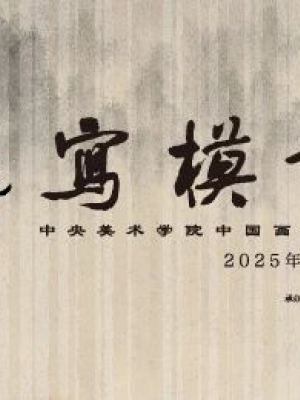
Preface
Inheriting the Classics and Forging Ahead into the Future
——The Responsibilities and Missions of Chinese Painting Teaching in the New Era
Since the beginning of the last century, the development and exploration of the teaching mode of traditional Chinese painting have always been the focus of teaching research in domestic higher art institutions. Up to now, this teaching system of Chinese painting, which is based on the "trinity" teaching method of copying, sketching and creation, is still full of vitality. It undertakes historical responsibilities and the missions of the times in the construction of cultural and artistic undertakings in the new era, and continuously explores the future development direction of the teaching system of Chinese painting.
Inheriting the classics is the historical responsibility of the professional and academic teaching of Chinese painting. The development and innovation of Chinese painting cannot be separated from the inheritance of traditional classic works. In the 1950s, Mr. Ye Qianyu once pointed out that a scientific teaching model should include sequential links such as "from copying to sketching" and "from basic exercises to creation". In 1959, with the joint efforts of Mr. Ye Qianyu, Jiang Zhaohe, Li Keran, Guo Weiqu and other masters, the teaching structure of the "trinity" was explicitly put forward. In terms of methods, copying, sketching and creation were organically combined, and in principle, tradition, life and creation were unified. Under this model, copying is endowed with the value of making the past serve the present, enabling traditional Chinese painting to obtain new interpretations, inheritance and development in the ideological trends of the spirit of the times.
Forging ahead into the future while building on past achievements is the mission of the era for the renewal and optimization of the Chinese painting teaching system. How Chinese painting can explore new artistic languages and visual forms while maintaining the foundation of traditional culture is an important issue in the development of the teaching system of the Chinese painting discipline. Copying teaching is not only a process of exploration and cultivation but also a source of cultural context that is rooted in tradition and serves creation. In the cultural context of a global perspective, we should not only actively seek new paths for the development of Chinese painting but also encourage and promote interdisciplinary and cross-field exchanges, discussions, and theoretical research in Chinese painting. While maintaining the professionalism and purity of the Chinese painting discipline, we should build a more open and sustainable artistic creation ecosystem.
The teaching explorations and systematic constructions of the copying tutorials of classic paintings throughout the dynasties by the successive generations of teachers in the academy have shaped the basic framework of the teaching system of the Chinese painting discipline over the past century, and established the basic concepts for the development of discipline construction and the design of teaching paths. The exhibition "Transmission and Imitation: Exhibition of Chinese Painting Copying Teaching Works from the Central Academy of Fine Arts" showcases the copying works, demonstration works for students, and the works of transformation from copying to creation by the older generation of art workers in the Central Academy of Fine Arts as well as the current teachers and students. It presents a relatively systematic and complete teaching plan and discipline establishment, demonstrating the responsibility and cultural mission of the Chinese painting discipline over the past century to inherit the ancient methods and initiate new systems. Through the vivid display of the four major sections of classics, heritage, in-depth research, and transformation, the exhibited works activate the contemporary aesthetic value and cultural significance of the stylistic language of traditional paintings, and have important enlightening significance for exploring the current talent cultivation model and the construction of the discourse system of the Chinese painting discipline.
The School of Chinese Painting at the Central Academy of Fine Arts still maintains its vibrant and youthful vitality under a century of inheritance, which is inseparable from the academic lineage passed down from generation to generation in the academy. It is hoped that the academy, in the face of the grand issues of the times, will improve the educational pattern that combines "specialization" with "breadth of knowledge". It should hold fast to the responsibilities and missions of new art in the new era, never forget its original aspiration, strive bravely and make progress. With the rich and profound brushstrokes that depict the mountains and rivers, it should compose chapters that showcase the lushness of plants and trees, and embark on a new journey of the lofty artistic exploration of "For Chinese Painting".

2025-01-20

2025-01-22
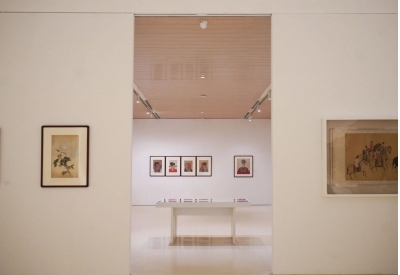
2025-02-08
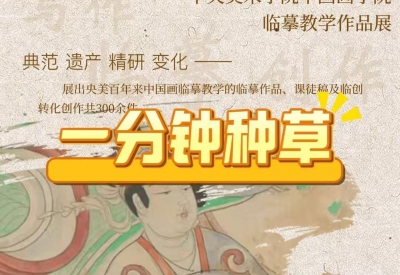
2025-02-12
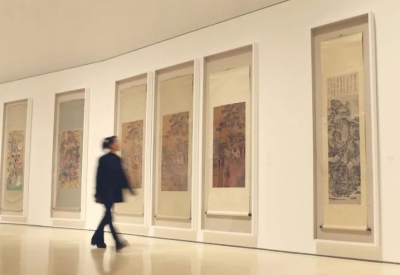
2025-03-03
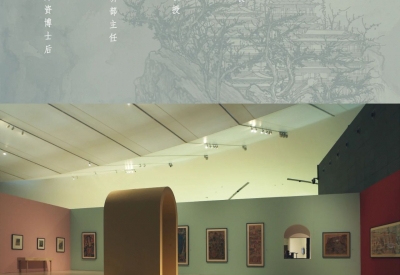
2025-03-12
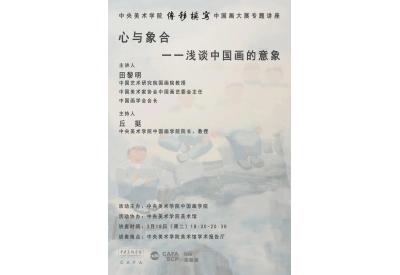
2025-03-18

2025-03-24
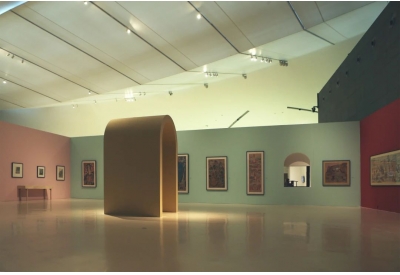
2025-04-09


